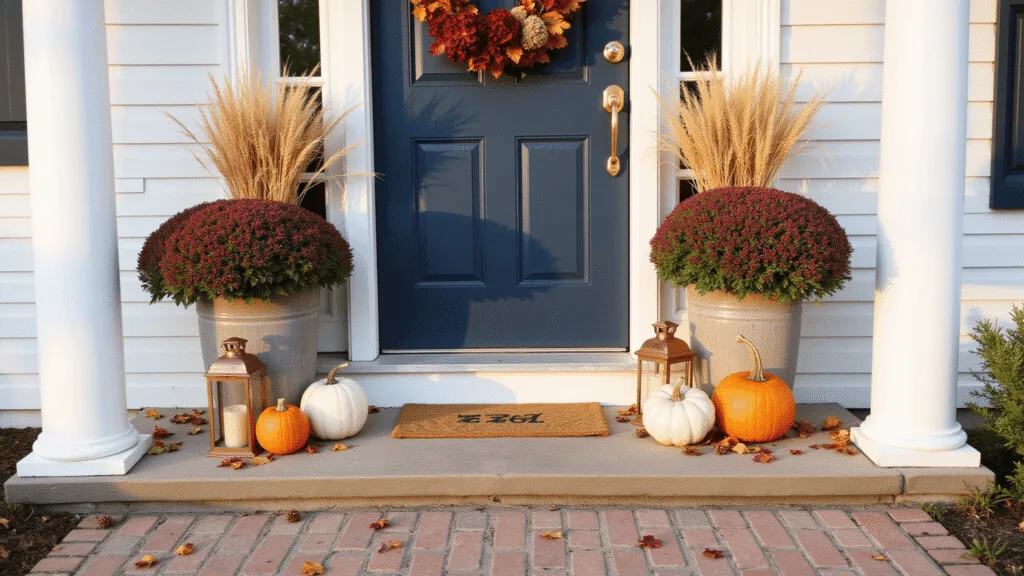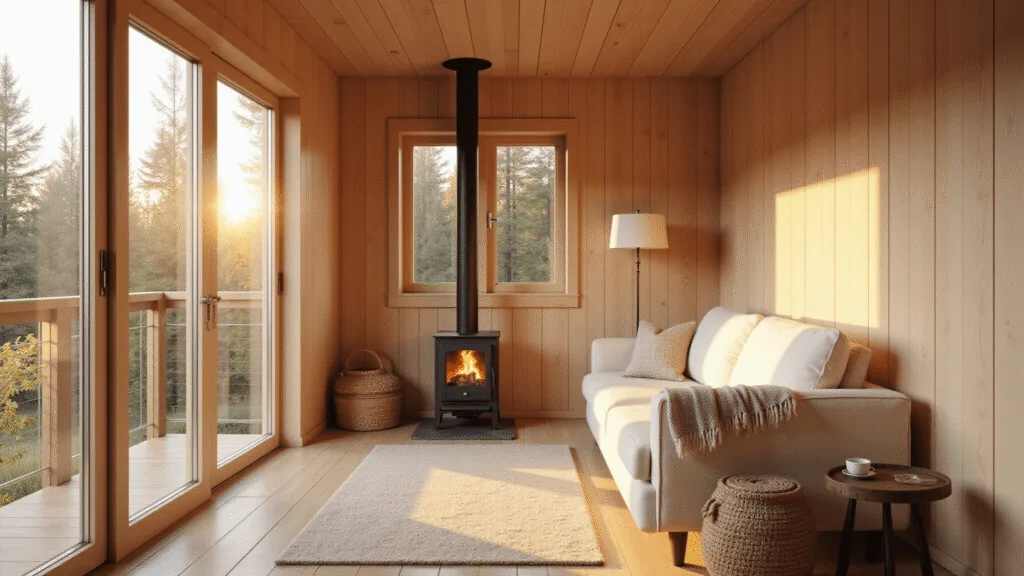Embracing the New Mediterranean: How I Transformed My Home with Coastal Elegance
Mediterranean interior design has changed my perspective on what truly makes a house feel like home.
When I first decided to renovate, I was overwhelmed by options. But there was something about the calm, sophisticated feel of Mediterranean-inspired spaces that spoke to me.
Let me share how I transformed my home using this timeless style, and how you can too.
What Makes Mediterranean Design So Special?
Mediterranean design isn’t just about blue and white colors (though those play a part).
It’s about creating a space that feels like a breath of fresh air—like you’ve just walked into a seaside villa where time slows down.
The style blends earthy elements with coastal influences, creating spaces that are:
- Sophisticated yet relaxed
- Timeless rather than trendy
- Connected to nature and light
- Warm and inviting without being cluttered
The Essential Mediterranean Color Palette
The foundation of my Mediterranean makeover began with color. I stripped away the busy wallpaper and painted my walls a warm white.
This neutral base acts like a canvas that:
- Reflects natural light beautifully
- Makes rooms feel larger and airier
- Allows accent colors to shine
Mediterranean colors I incorporated:
- Warm whites (not stark or bluish)
- Terracotta and clay tones
- Soft sage greens
- Ocean and sky blues
- Muted sunshine yellows
I’ve found the key is balance—no single color should overpower the others. My living room walls are creamy white, but I’ve brought in terracotta planters, a rug with faded blues, and natural wood tones through furniture.
Materials That Tell a Story
What truly separates Mediterranean design from other styles is its emphasis on natural, tactile materials that age beautifully over time.
Key materials I incorporated:
- Wood: I chose pieces with visible grain and character rather than perfect finishes
- Rattan and wicker: My accent chairs and light fixtures bring in that coastal feel
- Natural fibers: Jute rugs, linen curtains, and cotton throws add layers of texture
- Stone and tile: My kitchen backsplash features handmade ceramic tiles in a simple pattern
- Terracotta: Planters and decorative pieces add warmth to corners and shelves
Creating My Mediterranean Living Room
The living room was my starting point. I wanted it to be a space where people naturally gathered and lingered.
What worked for me:
- Statement furniture pieces with clean lines but interesting texture. My carved wooden coffee table became the room’s anchor.
- A textured rug in neutral tones with a subtle pattern tied the seating area together.
- Window treatments in sheer linen let in maximum light while still providing privacy.
- A mix of lighting sources including floor lamps, table lamps, and a statement pendant created layers of light.
- Plants brought life to the space—I chose Mediterranean varieties like olive trees and rosemary.
Pro tip: Don’t rush to fill every corner. Mediterranean spaces value negative space—it’s what gives the style its relaxed, uncluttered feel.
Bringing Mediterranean Style to the Kitchen
The kitchen transformation was dramatic but surprisingly simple.
My kitchen makeover included:
- Replacing upper cabinets with open shelving to display ceramics and glassware
- Adding a simple backsplash of handmade subway tiles
- Switching hardware to aged brass for warmth
- Incorporating wood cutting boards and stone mortars as functional decor
- Installing a statement pendant light over the island
The biggest impact came from what I removed rather than what I added. Clearing countertops of appliances and unnecessary items instantly made the space feel more Mediterranean.
Creating a Restful Mediterranean Bedroom
For the bedroom, I wanted a sanctuary that felt like waking up in a seaside retreat.
Key elements that transformed my bedroom:
- A simple platform bed with a natural wood frame
- Linen bedding in muted blues and whites
- Minimal nightstands with just the essentials
- Terracotta wall sconces instead of table lamps to save space
- Floor-to-ceiling curtains that puddle slightly on the floor
What I avoided: Overly matched furniture sets, busy patterns, and electronic clutter. The simplicity is what makes it calming.
Bringing the Mediterranean Outdoors In
The connection to nature is central to Mediterranean design. Even if you don’t have a view of the sea, you can create that indoor-outdoor flow.
Ways I enhanced the connection to nature:
- Maximized natural light by removing heavy window treatments
- Added mirrors strategically to reflect outdoor views
- Incorporated plants that thrive in Mediterranean climates
- Used natural materials that would be found in outdoor spaces
- Chose art depicting landscapes or botanical elements
My Mediterranean Styling Tips
The styling details are what truly bring Mediterranean design to life. Here’s what worked for me:
- Group objects in odd numbers (3, 5, 7) rather than pairs for a more natural look
- Mix old and new pieces to avoid a “showroom” feel
- Display items with purpose rather than filling every shelf
- Incorporate handmade elements like pottery or woven baskets
- Keep clear sightlines to windows and doors
What I learned: It’s better to have a few quality pieces than many inexpensive ones. Save up for items that really speak to you.












